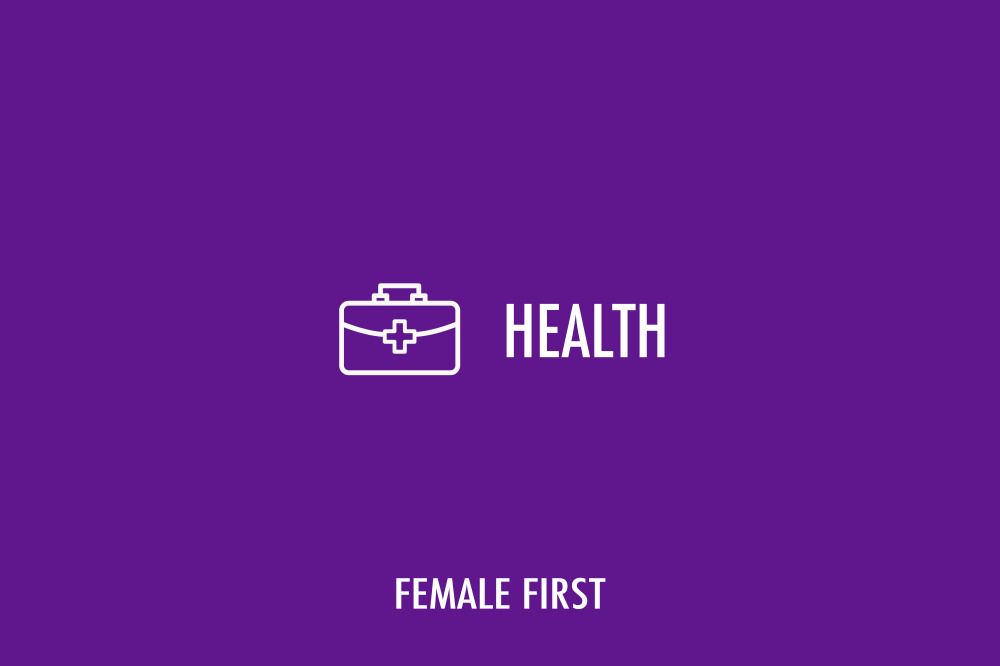Yesterday marked the beginning of Cervical Cancer Prevention Week and as Cervical cancer is the most common cancer in women aged 35 and under, it's essential we know how to protect ourselves.

Health on Female First
Many women are unaware that it is for the most part a preventable disease.
Cervical Cancer Prevention Week serves to raise awareness and educate women on the options available to them, in particular cervical screening and the HPV vaccine.
In 99.7% of cases, cervical cancer is caused by persistent infection with the human papillomavirus (HPV). While contraction of HPV is very common (around 80% of people will be infected with HPV at some point in their lives[2]), for the majority of women this does not result in the development of cervical cancer.
Over 3,000 women are diagnosed with cervical cancer in the UK each year, yet despite this an alarming 20% of women do not attend their cervical screening appointments, and only 50% of girls offered the HPV vaccine elect to have the jab[3]. With this in mind, raising awareness of how these procedures may help prevent the disease is vital.
Deborah Bruce, Consultant Gynaecologist at London Bridge Hospital (www.londonbridgehospital.com) explains exactly what cervical screening is: “The cervical screening programme starts at 25 years until 65 years of age for all women. It is a screening programme aimed at detecting precancerous changes in the cervix." While there has been some concern recently over whether cervical screening starts too late, Ms Bruce explains “screening under the age of 25 is not currently recommended. This is because cervical cancer is extremely rare under the age of 25 and mild abnormalities usually regress. Over-treatment can lead to sub-fertility issues in the future”.
It is a common misconception that the screening process is painful, something which undoubtedly contributes to the high rate of missed appointments; therefore it is vital to dispel myths surrounding smear tests.
Ms Bruce explains exactly what happens during a cervical screening: “The smear test involves an internal examination. Firstly a speculum (usually plastic) is inserted gently into the vagina. This should never be painful. It can be uncomfortable, particularly when the blades of the speculum are parted gently to visualise the cervix, but once this is done the discomfort eases. The smear test is then performed which involves taking a sample of cells from the cervix with a brush, which is then sent to the laboratory.”
The entire process takes only a few minutes and is nothing to worry about. Results can take between two and four weeks to come back. Ms Bruce explains what any abnormal results might mean: “It is very unlikely that a cancer is detected as the purpose is to detect pre-cancerous cells, but in the rare event that a cancer is detected an urgent referral to a gynae-oncologist will be made. If precancerous changes are found you will be referred to a gynaecologist for a procedure called ‘colposcopy’ to examine the cervix more closely. Further treatment may be necessary to remove the abnormal cells which can usually be done with a local anaesthetic”.
The HPV vaccine, unlike cervical screening, is something that is offered to women at a much younger age to reduce their chance of developing cervical cancer. Ms Bruce provides further information on how the vaccination works and what it involves: “Cancer of the cervix has been linked to certain subtypes of the Human Papillomavirus, primarily subtypes 16 and 18. In addition, subtypes 6 and 11 are responsible for around 90% of cases of genital warts. Since 2008, the HPV vaccine CEVARIX has been offered to all girls aged 12-13. This provided protection against the two subtypes 16 and 18 only. It is given on three occasions over a period of 12 months. Since 2012 the new vaccine GARDASIL has been used which protects against all 4 major subtypes 16, 18, 6 and 11”.
Since screening was introduced in 1989, incidences and mortalities related to the cancer have dramatically decreased, and with the recent introduction of the HPV vaccine we are getting closer to preventing most cases of the disease. However, worrying decreases in the number of women attending screenings and low uptake of the HPV vaccine suggest women are still unaware of the options available to them to protect themselves against this preventable cancer.
Tagged in cervical cancer Cancer Women's Health

